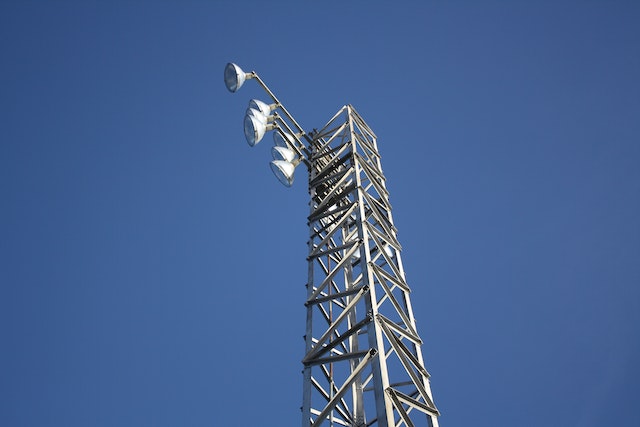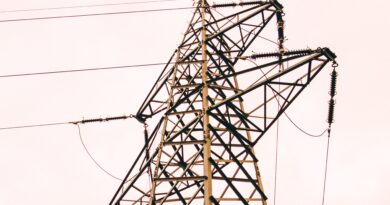Safety Matters: Raising Awareness about Electrical Safety Audits in Bhiwadi
Introduction
Electricity is an essential aspect of modern life, powering homes, industries, and businesses. While electricity brings convenience, it also comes with inherent risks. Electrical accidents can cause severe injuries and even fatalities, making electrical safety a critical concern for everyone. In Bhiwadi, a thriving industrial city, the importance of electrical safety cannot be underestimated. To ensure a safe environment and reduce potential hazards, electrical safety audits play a pivotal role.
Understanding Electrical Safety Audits
Importance of Electrical Safety
Before delving into electrical safety audits, it is vital to grasp the significance of electrical safety itself. Electrical accidents can lead to fires, electric shocks, and equipment damage, posing significant threats to life and property. Raising awareness about electrical safety helps in fostering a culture of precaution and preparedness.
What is an Electrical Safety Audit?
An electrical safety audit is a systematic examination of an organization’s electrical systems, equipment, and processes. It aims to assess their compliance with safety regulations, identify potential hazards, and recommend corrective measures. The ultimate goal is to create a safe and secure electrical environment.
The Purpose of an Electrical Safety Audit
The primary purpose of an electrical safety audit is to enhance safety levels. It helps businesses and industries identify hidden risks, maintain compliance, and implement best practices. By conducting regular audits, organizations can proactively address electrical hazards and prevent accidents.
The Process of Conducting Electrical Safety Audits
Pre-Audit Preparation
Before commencing the audit, a qualified team of electrical safety experts prepares for the assessment. They gather relevant information about the site, its electrical systems, and previous safety records.
On-Site Assessment
The audit team visits the premises to conduct a comprehensive on-site assessment. They inspect electrical equipment, wiring, grounding, and other critical components. They also review safety procedures and employee training programs.
Identifying Potential Hazards
During the audit, potential electrical hazards are identified. These could include faulty wiring, inadequate grounding, overloading, or outdated equipment. The team meticulously examines every aspect that might compromise safety.
Recommendations and Corrective Actions
After completing the assessment, the audit team provides a detailed report outlining their findings. They suggest corrective actions and improvements to mitigate risks. Implementing these recommendations enhances the safety standards of the organization.
Benefits of Regular Electrical Safety Audits
Preventing Electrical Accidents
Regular electrical safety audits significantly reduce the likelihood of accidents. By identifying and rectifying potential hazards, organizations can prevent incidents that may cause harm to employees and damage to property.
Reducing Downtime and Maintenance Costs
Identifying and addressing electrical issues in their early stages can prevent costly breakdowns and downtime. Implementing necessary maintenance and repairs proactively can save businesses substantial amounts in the long run.
Ensuring Compliance with Regulations
Electrical safety audits ensure that businesses adhere to all relevant safety regulations and codes. Compliance not only prevents penalties but also demonstrates a commitment to safety.
Improving Overall Efficiency
Efficient electrical systems consume less energy and result in cost savings. Electrical safety audits help optimize energy usage, leading to increased efficiency and sustainability.
Choosing a Professional Electrical Safety Audit Company
To gain the maximum benefit from an electrical safety audit, it is essential to partner with a reliable and experienced audit company.
Expertise and Experience
Look for a company with a track record of conducting successful electrical safety audits. Their expertise in the field will ensure a comprehensive evaluation of your electrical systems.
Reputation and Client Reviews
Check for reviews and testimonials from past clients to gauge the reputation of the audit company. Positive feedback is a good indicator of their credibility and trustworthiness.
Customized Audit Solutions
Every business has unique electrical safety requirements. Ensure that the audit company offers customized solutions tailored to your organization’s needs.
Emphasis on Training and Education
A reliable audit company will not only identify hazards but also prioritize employee training and education. Proper training equips employees to handle electrical issues safely.
Frequently Asked Questions (FAQs)
1. What is the frequency of conducting electrical safety audits?
The frequency of electrical safety audits depends on various factors, including industry regulations, the nature of operations, and previous safety records. Typically, audits should be conducted annually or whenever there are significant changes to electrical systems.
2. Are electrical safety audits mandatory for businesses?
While regulations may vary depending on the location and industry, many businesses are required to conduct regular electrical safety audits. Even if not mandatory, audits are highly recommended to ensure a safe working environment.
3. How long does an electrical safety audit typically take?
The duration of an electrical safety audit depends on the size and complexity of the organization’s electrical systems. It can range from a few days to several weeks.
4. Can small businesses benefit from electrical safety audits?
Absolutely! In fact, small businesses can benefit even more from electrical safety audits as they may have limited resources to handle unforeseen accidents.
5. What happens if a serious electrical hazard is found during the audit?
If a severe electrical hazard is identified, the audit company will work closely with the organization to prioritize corrective actions. Immediate steps will be taken to eliminate or minimize the risk.




